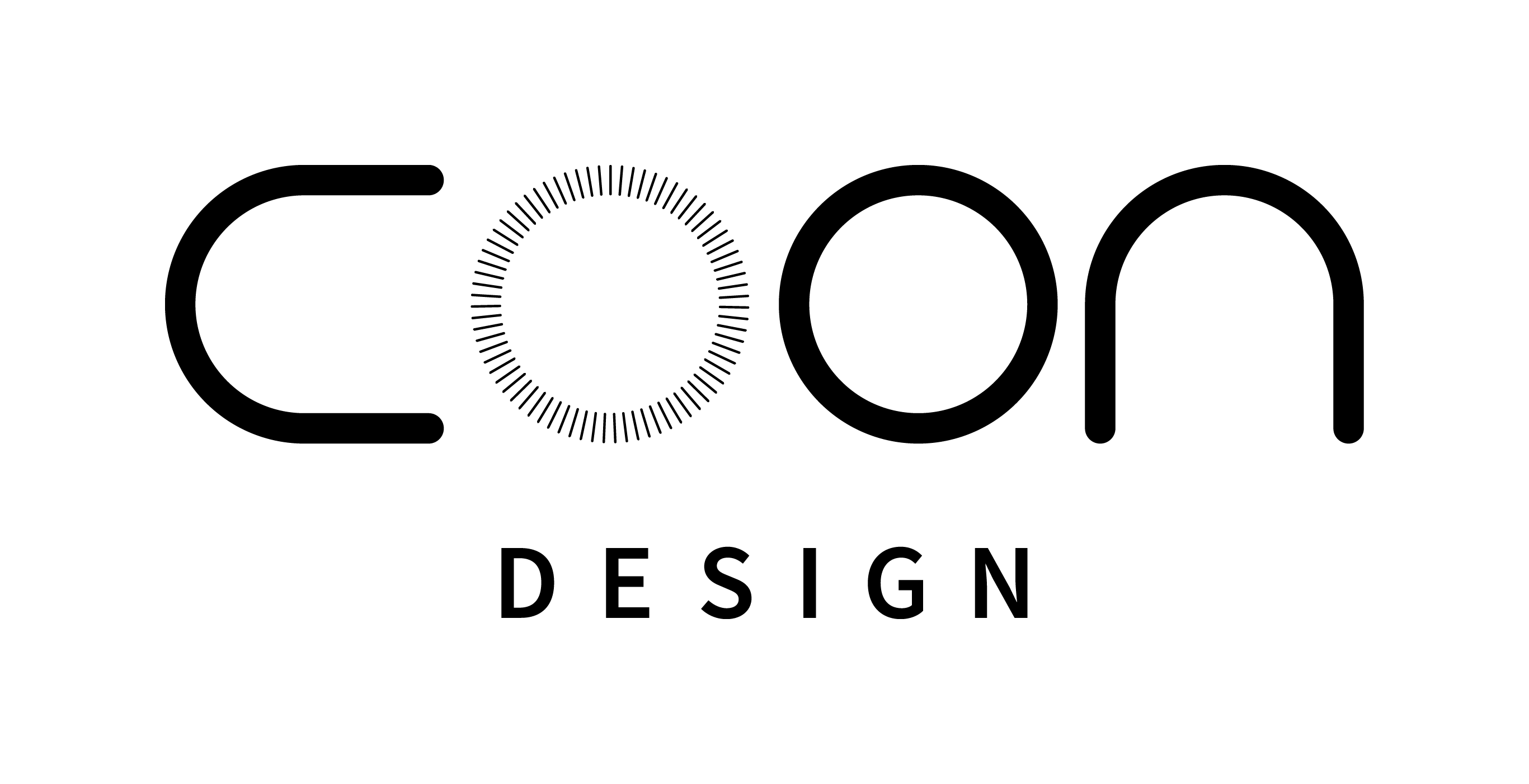If it’s impossible or too time-consuming to quantify the exact amount, these costs are untraceable and are indirect costs. The table shows that the total cost of product A is $81,833 and the total cost of Product B is $133,167. The company can use this information to evaluate the profitability, performance, and efficiency of each product, and to identify areas for improvement or optimization. Fixed cost is a type of business expense that does not fluctuate with changes in production or sales volume. It is a cost that a company incurs regardless of whether it is doing business or not. The common fixed cost is the cost that a company spends to provide benefits to all branches, locations, and segments.
Allocating Resources
Building rent, equipment costs, salaries and insurance are examples of fixed costs. Other factors may affect these costs, but if the business’s output increases or decreases, these costs remain unaffected. Variable costs are costs that increase or decrease as a business’s output changes.
- Cost drivers are the factors that cause costs to change, such as the number of units produced, the hours of labor, or the materials used.
- They may decide to continue or shut down any unprofitable product, process, or cost object.
- Cost traceability can be applied to different levels of analysis, such as individual transactions, processes, departments, or organizations.
- An example of a customer-level activity is general technical product support.
What Are the Five Levels of Activity in ABC Costing?
By tracing the journey of costs within the organization, organizations can identify inefficiencies, optimize resource allocation, and make informed decisions to improve financial performance. One of the key steps in cost-traceability analysis is identifying the sources of your costs. This means finding out where your money is going and what activities or resources are consuming it. By identifying the cost sources, you can better understand the drivers of your expenses and how they relate to your outputs and outcomes.
You need to consider the advantages and disadvantages of each method, as well as the data quality and availability, the complexity and feasibility, and the alignment with your objectives and scope. Distinguishing direct vs indirect costs helps small businesses set product prices, determine product margins, and allocate limited resources. Since direct costs can be traced to particular products or services, there is little difficulty in attributing them to cost objects. The main challenge for small businesses is distinguishing which costs are indirect and if such costs need to be allocated to products and services.
From the manager’s perspective, cost traceability analysis can help to improve the efficiency and effectiveness of the business process or the product. By tracing the costs traceable cost from their sources to their destinations, managers can identify the cost drivers, the cost pools, and the cost objects. Cost drivers are the factors that cause costs to change, such as the number of units produced, the hours of labor, or the materials used.
Cost Traceability Analysis: How to Trace and Track Your Costs from Their Sources to Their Destinations
Another example of a cost that is traceable and common is the landing fee to land an airplane. The fee is traceable to a specific flight, but not to a specific class within the flight — first-class, business-class or economy-class. After you have implemented your cost traceability system, you need to monitor and evaluate your cost traceability results. You need to compare your actual costs with your planned or expected costs, and identify any variances, anomalies, or trends. You need to analyze the root causes and impacts of your cost variations, and determine the actions and improvements you need to take.
Traceable Fixed Cost Example
Examples include the salaries of corporate executives or the utilities for a factory that produces multiple products. Allocating these costs to specific products or departments often requires estimations or the use of allocation bases. From a strategic standpoint, cost traceability analysis provides a comprehensive view of how costs are allocated across different departments or projects. This information is essential for evaluating the profitability and viability of various initiatives. By understanding the cost breakdown, organizations can prioritize investments, allocate resources effectively, and make informed decisions about resource allocation. These levels include batch-level activity, unit-level activity, customer-level activity, organization-sustaining activity, and product-level activity.
An example of a customer-level activity is general technical product support. The final level of activity, organization-sustaining activity, refers to activities that must be completed regardless of the products being produced, how many batches are run, or how many units are made. Understanding your main products is the key to knowing which costs can be conveniently computed and measured.
